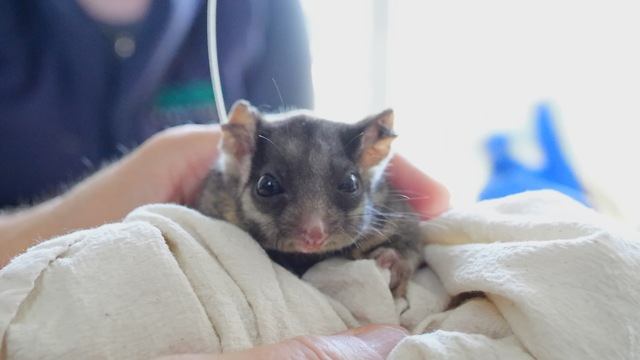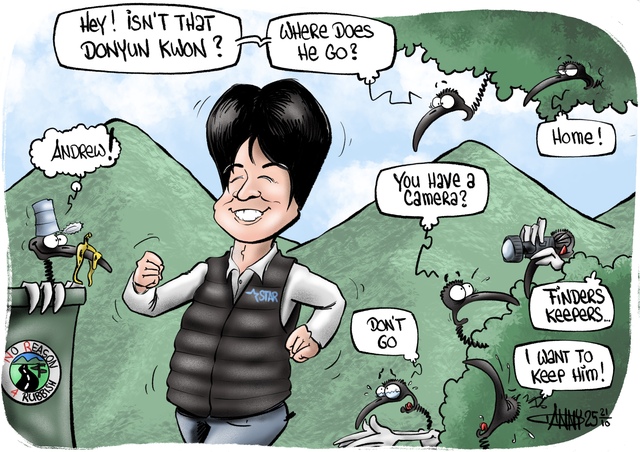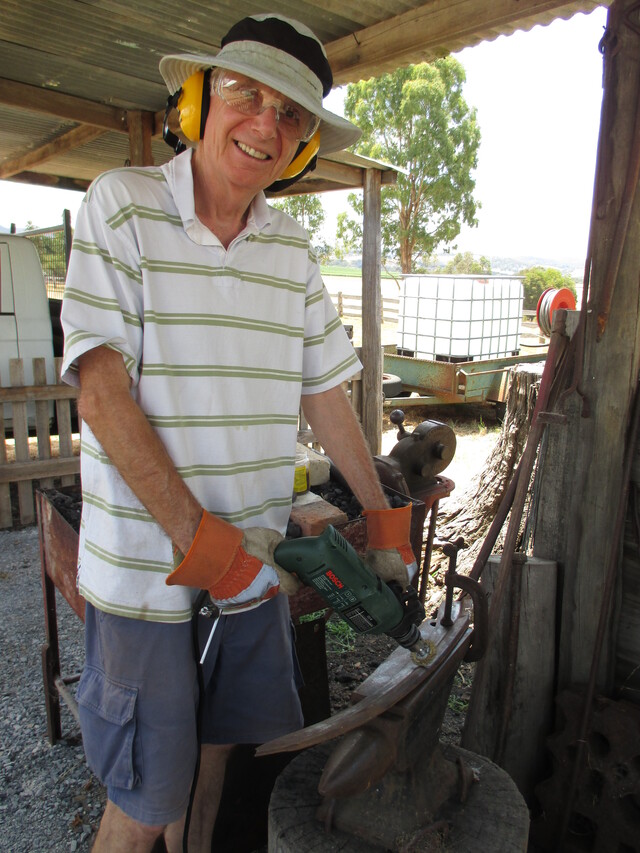A pair of Leadbeater’s Possums have settled into a new habitat adjoining the Healesville Sanctuary, providing the Victoria’s animal emblem a chance to establish a new breeding location.
For the first time, lowland male Mercury and highland female Narvi (pronounced Nar-vee) have been released into the Coranderrk Bushland Nature Conservation Reserve.
Previous population viability analyses indicate Lowland Leadbeater’s possums are at extremely high risk of extinction in the next 15 years due to small population size and inbreeding that has arisen from habitat loss and decline.
A critical feature of the Coranderrk Bushland is its predator exclusion fence that keeps cats and foxes out so the site can provide a safe haven for the possum.
Healesville Sanctuary threatened species keeper Amie Hindson said she has already seen positive behaviour on the night vision cameras with the pair denning, eating and exploring together.
“Watching these possums live their best wild life is our dream. It’s what we hope for all the possums,” Ms Hindson said.
“In the Leadbeater’s Possum world, females are the dominant ones in charge of the colony, and we are seeing that from Narvi in the Coranderrk. It is our number one wish that this pair go on to breed.”
To reach this milestone the restored habitat needed to be in the Goldilocks zone, with extensive hydrology work and nearly 140,000 trees densely planted in the eight-hectare floodplain.
Healesville Sanctuary’s Coranderrk bushland ranger Lisa Stuart has dedicated nine years to restoring the swampy habitat.
“The mid-story is vitally important because it creates connectivity that Leadbeater’s Possums need to move around safely and it provides access to tall eucalyptus where the possums can forage for sap and invertebrates,” Ms Stuart said.
“I was a little bit teary when we put the nest box on a tree because I’ve been working on this for such a long time. To see the possums out there doing their thing, using the habitat we have created, it was a special thing for me.”
The team is radio tracking the possums and providing supplementary food as they adjust to wild conditions.
They also have cameras collecting behavioural observations at night when the possums are active.
Early monitoring is encouraging, suggesting after restoration efforts, the forest now appears to provide the conditions Leadbeater’s Possums require.







